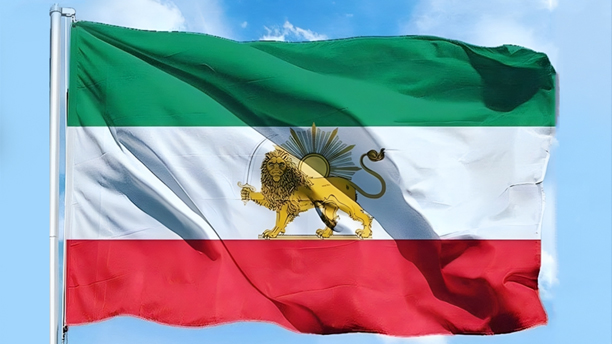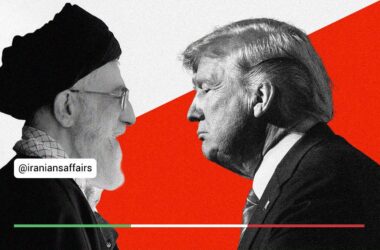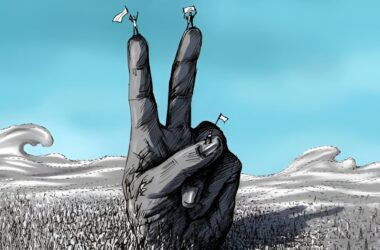The flag of Iran, with its distinctive symbols and colors, is a powerful emblem that encapsulates the rich history and cultural heritage of this ancient land. Through the annals of time, the Iranian flag has witnessed transformations, embodying the dynamic narrative of a nation. This article delves into the historical journey of the Iranian flag, tracing its evolution from ancient times to the present day.
Ancient Roots:
The roots of the Iranian flag can be traced back to the twelfth century, where the Lion and Sun motif first made its appearance. Contrary to a common misconception, this symbol is not exclusive to any particular dynasty but is an ancient, national emblem. Early on, it adorned banners and served as a popular coat of arms, finding its place in the identity of the Iranian people as early as the fourteenth century.
Safavid Dynasty:
A pivotal moment in the history of the Iranian flag occurred during the Safavid Dynasty in the sixteenth century. It was during this era that the Lion and Sun officially graced Iran’s official flag, marking the symbol’s integration into the fabric of the nation. The Safavids, recognizing the symbolic power of the emblem, cemented its status as a representation of Iranian identity.
Diverse Influences:
The origins of the Lion and Sun symbol are diverse and multifaceted, reflecting influences from ancient Iranian culture, Zoroastrian traditions, Islamic symbolism, Turkic elements, and more. This amalgamation of influences contributes to the richness and complexity of the Iranian flag’s symbolism.
Modern Era and Symbolic Changes:
In the twentieth century, particularly during the Pahlavi Dynasty, the Iranian flag underwent variations while retaining the core Lion and Sun motif. However, the revolutionary events of 1979 brought significant changes to Iran’s political landscape, subsequently influencing its national symbols. With the establishment of the Islamic Republic, the use of the Lion and Sun flag was prohibited, and a new emblem emerged, reflecting the ideological shift of the regime.
Contemporary Perceptions:
Despite the official replacement of the historic flag, the Lion and Sun continues to hold a special place in the hearts of many Iranians. The ban on its use by the Islamic Republic has not erased its significance as a symbol of national identity. For many, it remains a poignant reminder of Iran’s ancient history and cultural continuity.
The history of the Iranian flag is a captivating journey through time, mirroring the ebbs and flows of the nation’s history. From its ancient roots to the contemporary era, the flag has been a visual representation of Iran’s cultural richness and historical resilience. As the nation continues to navigate its future, the Iranian flag stands as a testament to the enduring spirit of a people with a deep and complex history.







